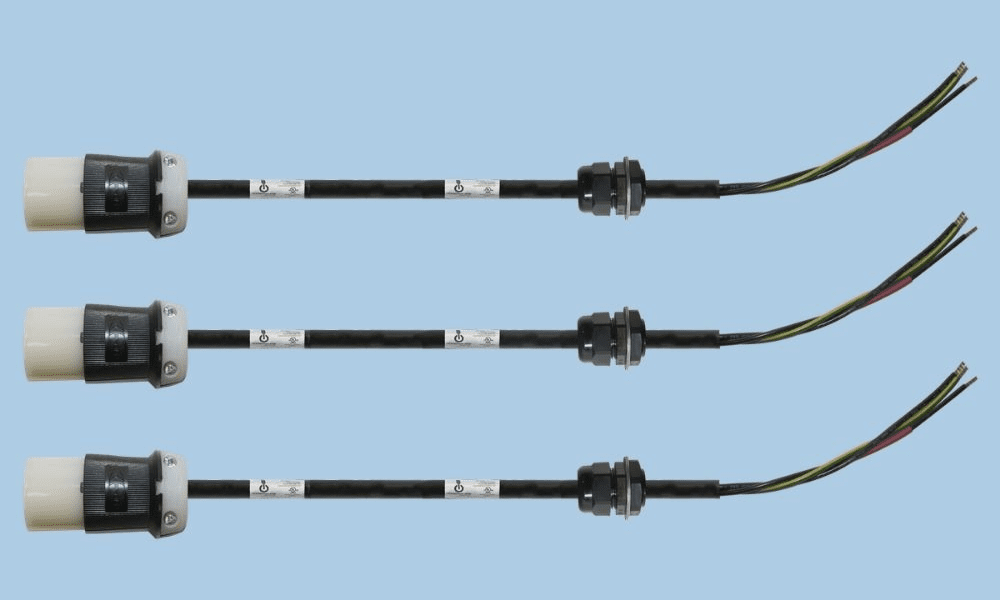 A UPS System, also known as an uninterruptible power supply system, is widely acknowledged as a necessary product in the tech industry for its power protection services. These power systems keep the power going long enough for three main reasons: to let electronic equipment shut down properly, prevent data loss or compromise by utility failure or a black-out, and reduce the stress of a sudden shutdown on facility equipment.
A UPS System, also known as an uninterruptible power supply system, is widely acknowledged as a necessary product in the tech industry for its power protection services. These power systems keep the power going long enough for three main reasons: to let electronic equipment shut down properly, prevent data loss or compromise by utility failure or a black-out, and reduce the stress of a sudden shutdown on facility equipment.
There are several basic types of UPS systems, and each type of this crucial technology has its own advantages and disadvantages to consider. Knowing these three different types is the key to understanding UPS systems. Here is what to be knowledgeable about.
Double-Conversion: Online
A double-conversion system offers the highest protection available. Yet, this system remains a bit more complex. The incoming voltage is mainly what keeps the battery charged. An online UPS converts a stable input of AC, or alternating current, to DC, or direct current, and then converts it directly back to AC. This specific design of double-conversion (AC-DC-AC) creates a power source outside of the main power supply for security.
To explain further, an online UPS takes incoming AC and converts it to DC to feed the battery and convert it back to AC. This step ensures no further power switches are necessary. By this online process, the double-conversion system can protect from essentially all possible power disturbances.
Stand-By: Offline & Battery Back-Up
Out of the varying different types of UPS systems, this UPS system is the most basic and cost-effective. Stand-by is also the most common UPS system for smaller offices and personal computers at home. While monitoring inward voltage levels, the system passes utility power onto your computer. If these incoming electrical levels reach below a certain level, the UPS automatically changes its power source to the internal battery to protect data and your equipment. This battery-backup aids as a safeguard from most power surges and blackouts, but is not the most effective out of all the systems.
Line-Interactive
This UPS system is similar to an offline system yet goes a step above in protection due to its inner-workings. The extra advantage lies in improved filtering and better control over power fluctuations. As the system monitors the incoming voltage, it utilizes the internal battery in order to supplement voltage that falls below predetermined levels and prevent voltage that’s above what it should be. Line-interactive UPS systems thus rely on the battery to condition the power source, meaning its battery could drain out sooner than a double-conversion process and system would.
Anything is better than nothing to provide protection service to your hardware. Nonetheless, a greater understanding of UPS systems will help you discover the best choice for your needs. Each of the above types of UPS systems can be beneficial. No matter your choice of a UPS system, keep the system and other electronic equipment monitored as the best protection strategy. PowerWhips offers the required data center power cables needed to help your system and facility run efficiently in the long run. Reach out to our expert team today with any questions about the types of UPS systems.
